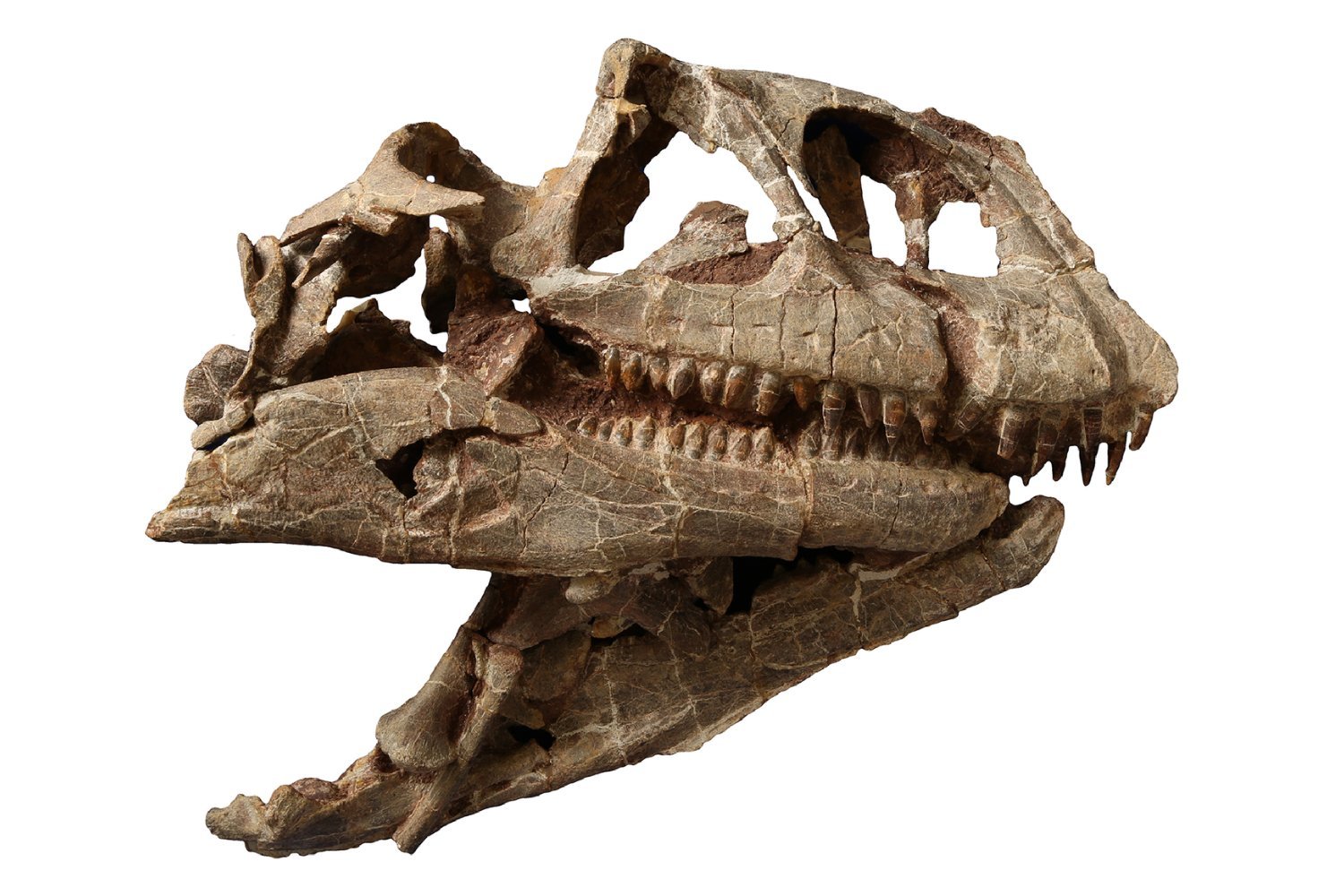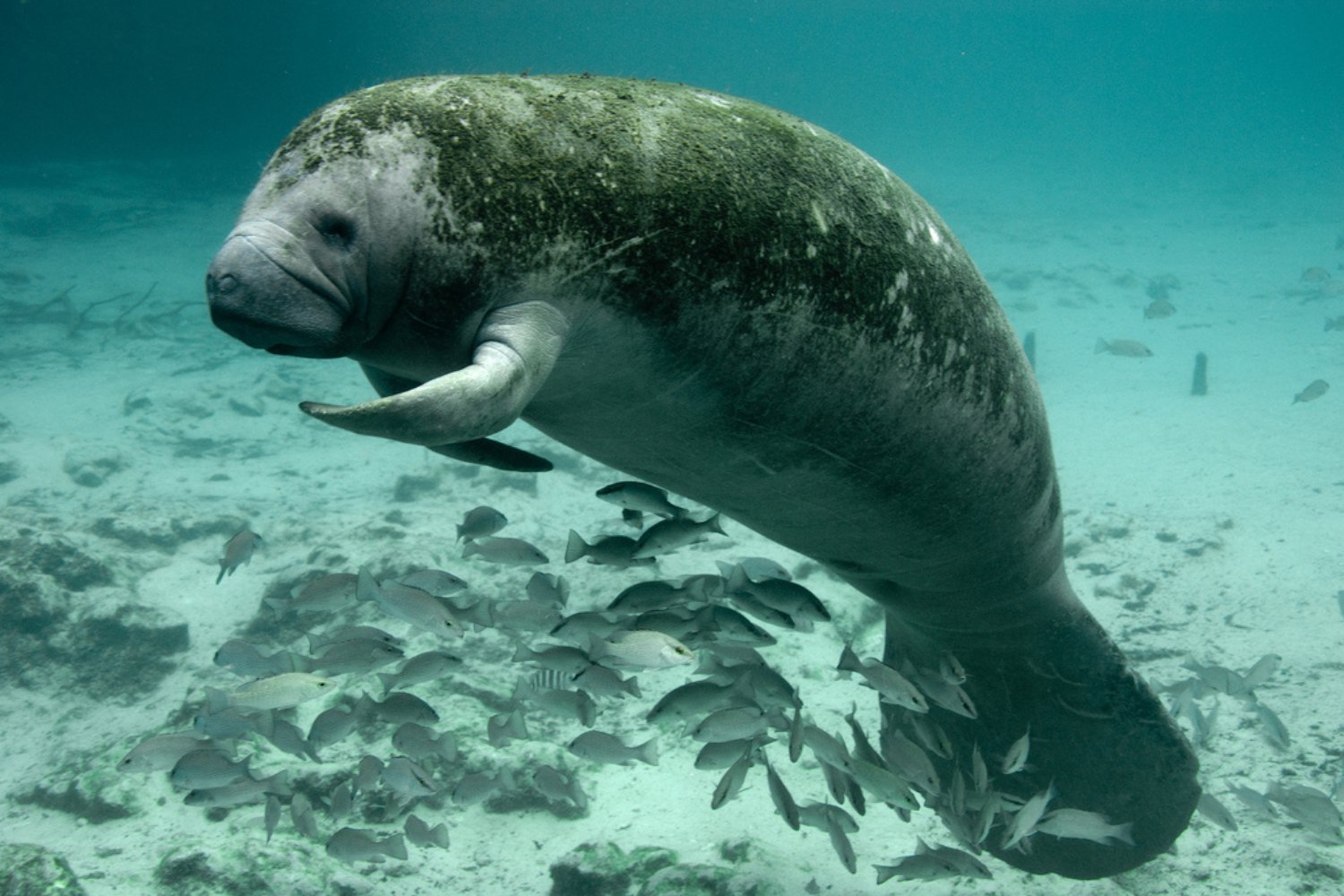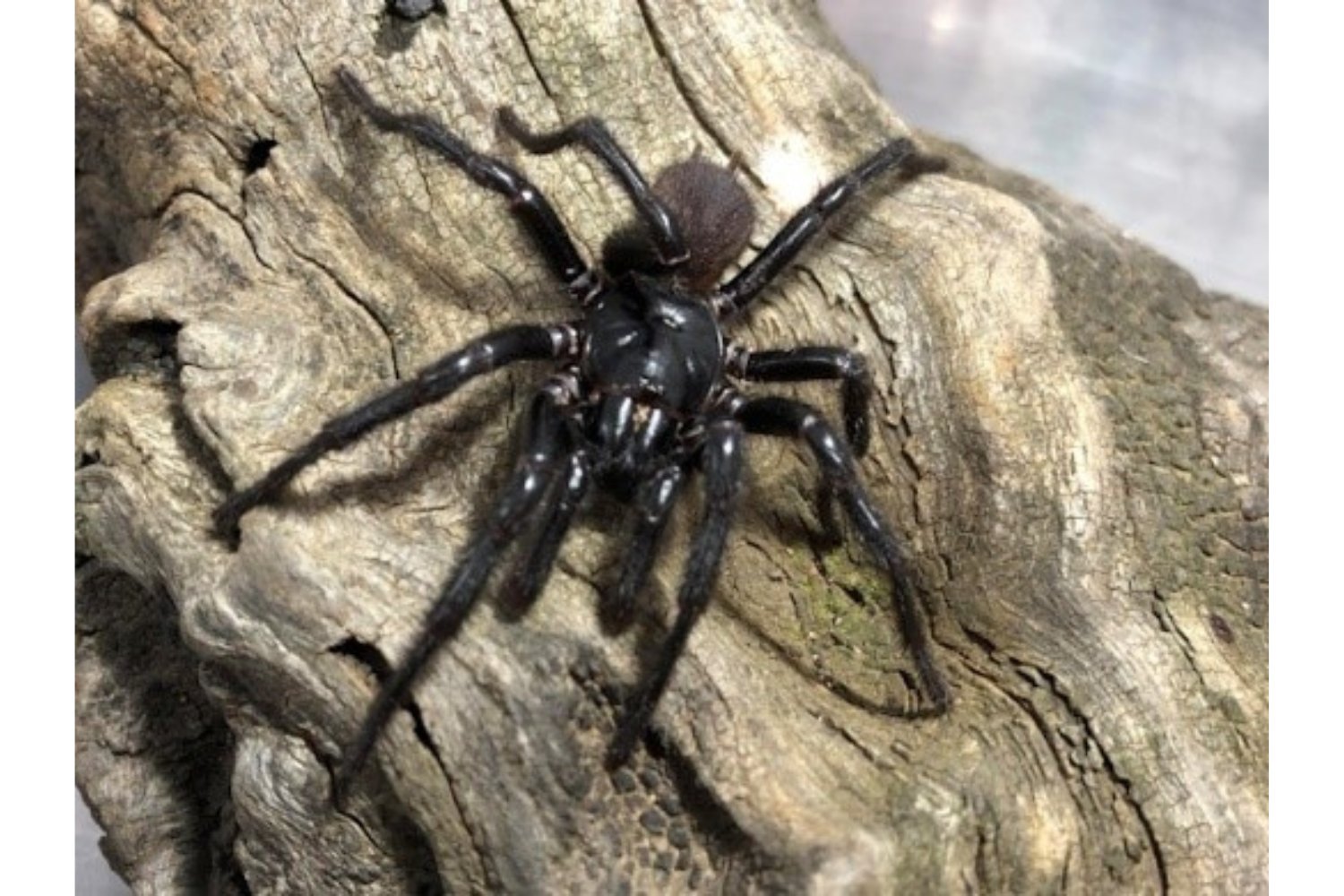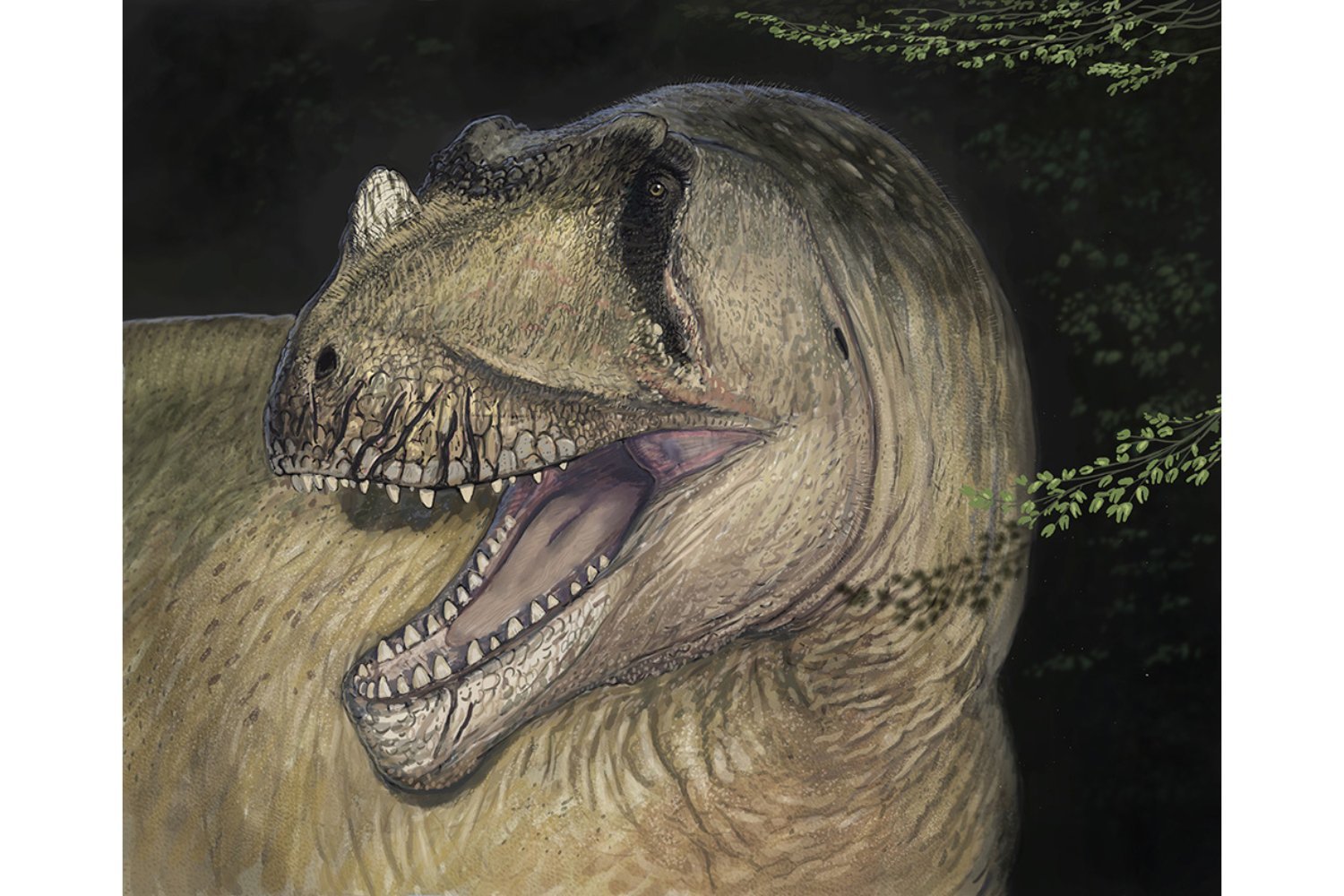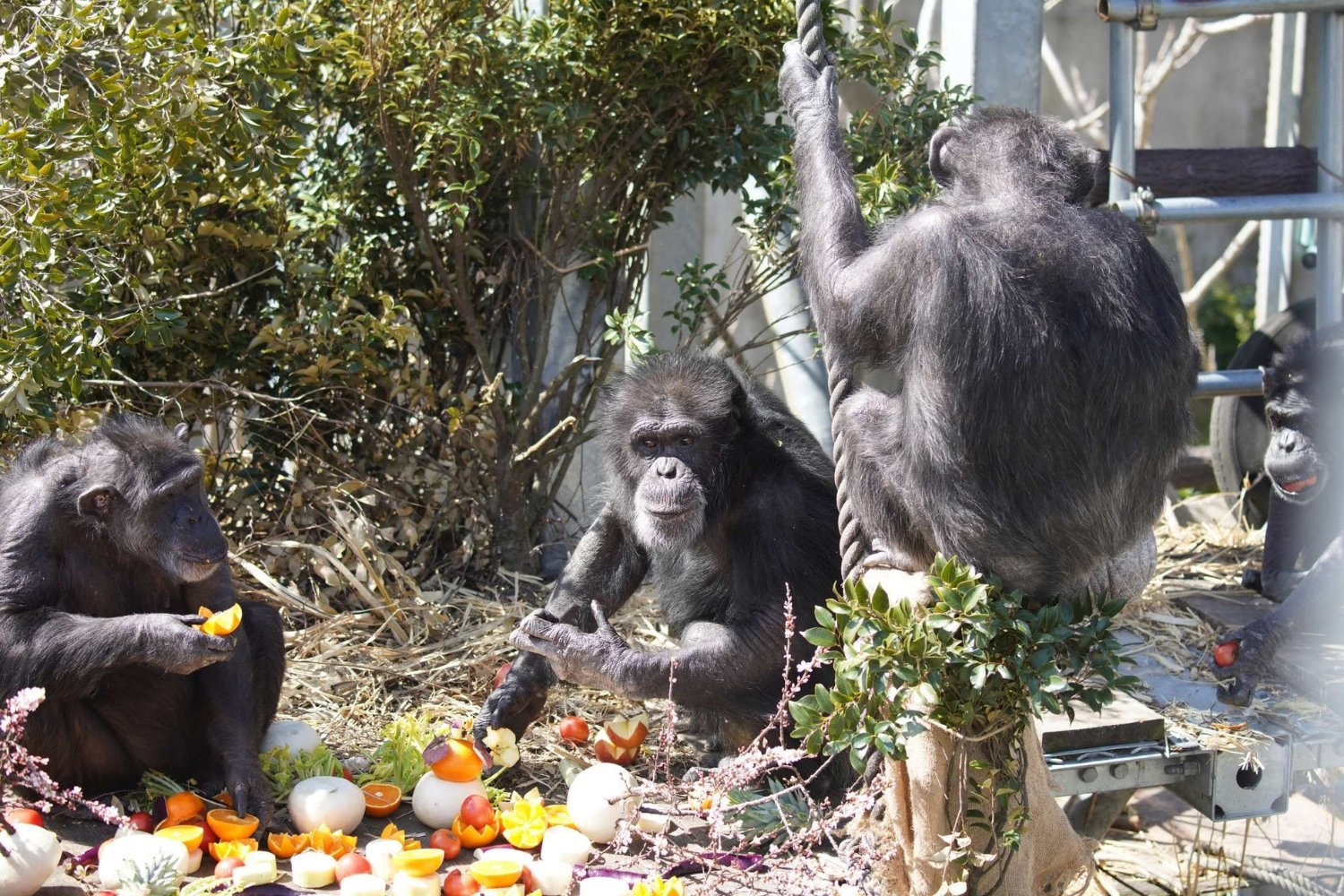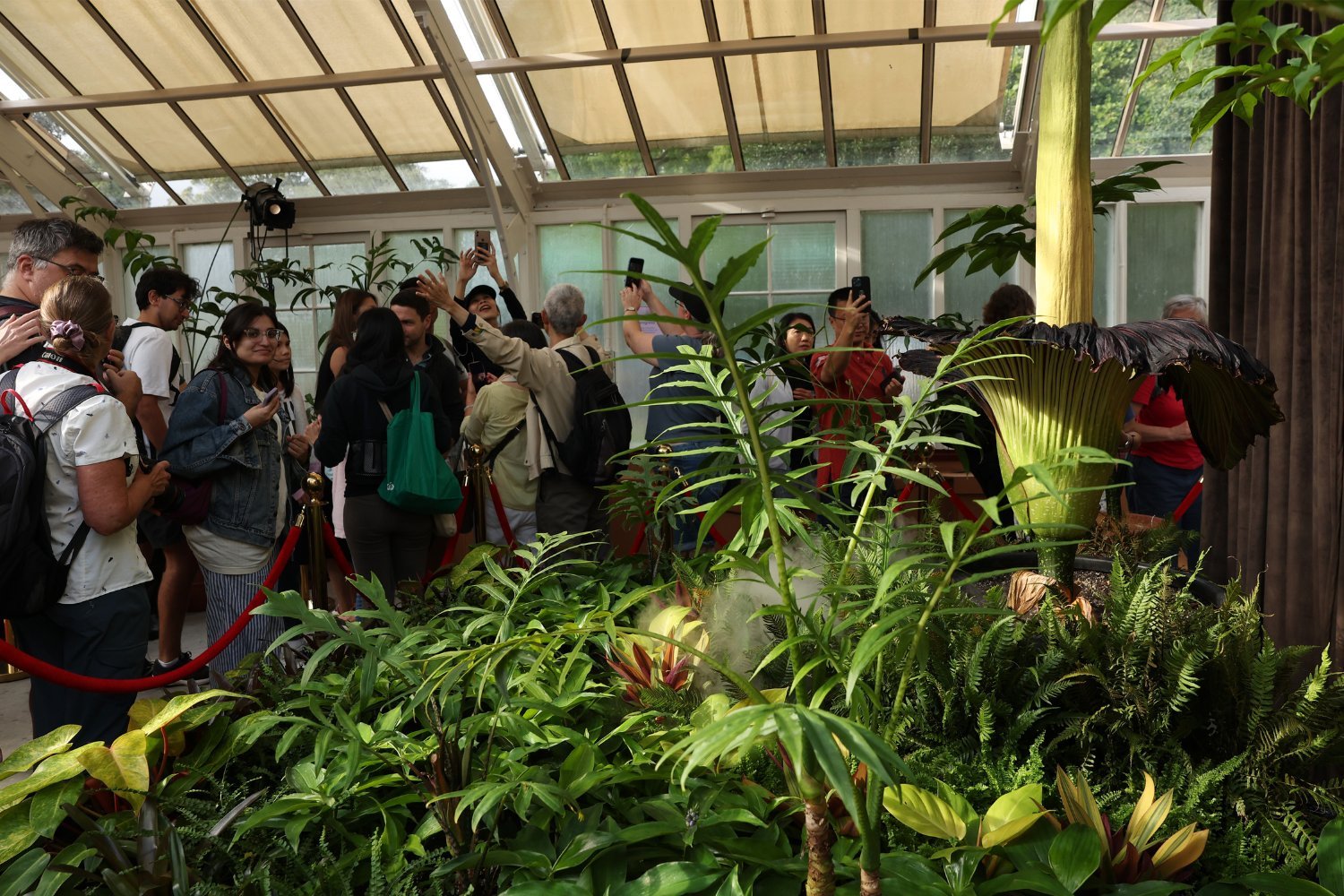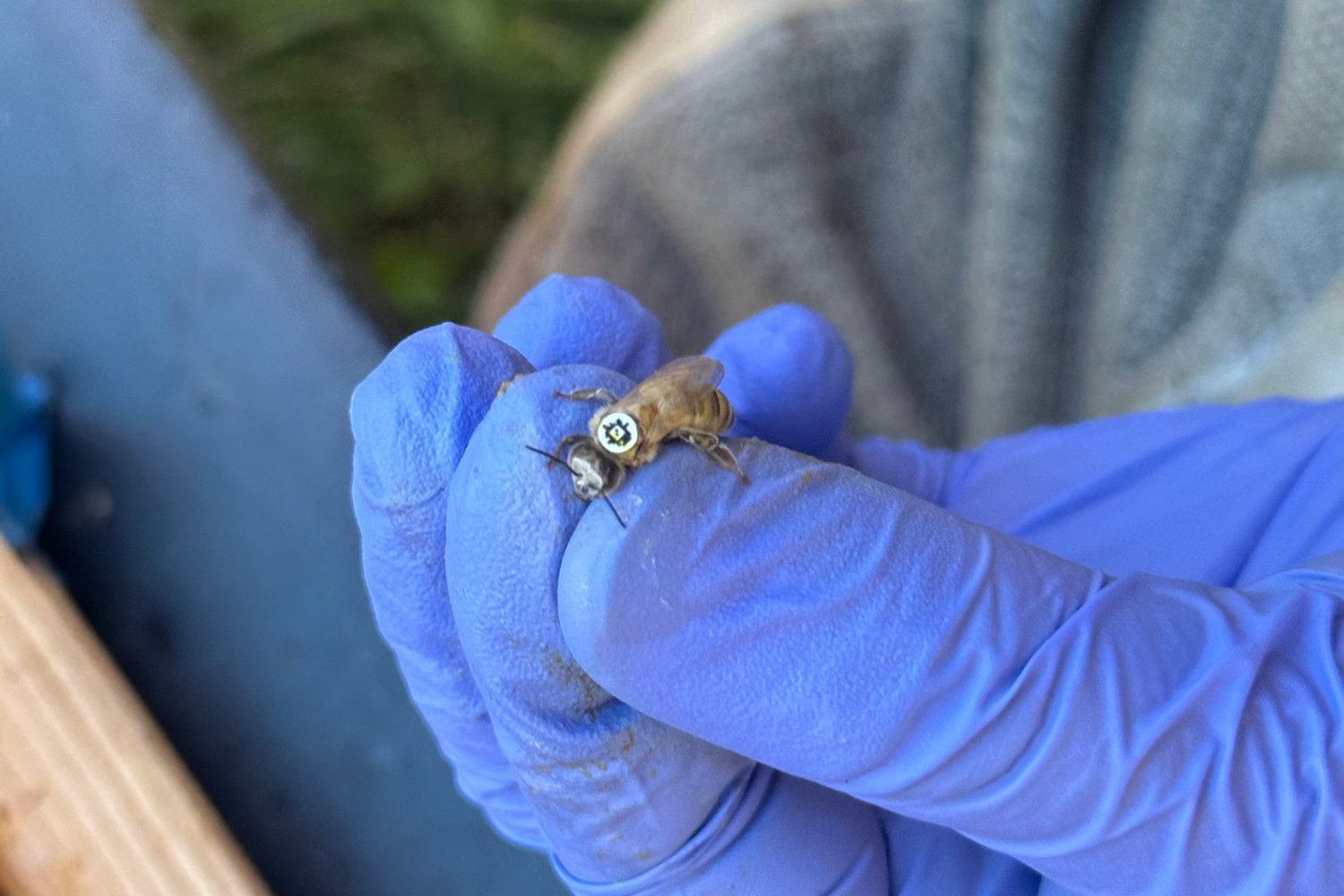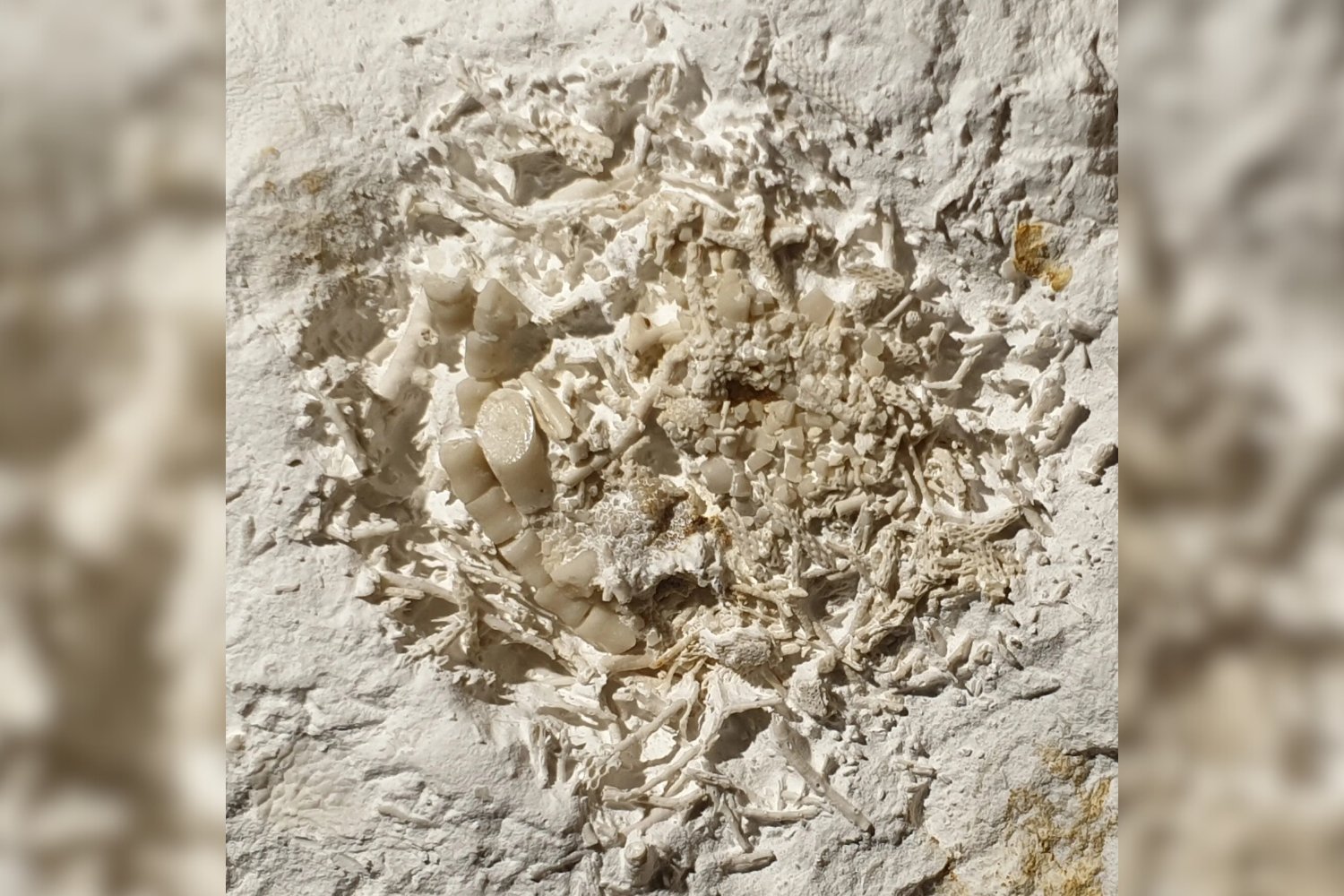A remarkable discovery in southern China has unveiled a new species of dinosaur, Lishulong wangi, a sauropodomorph potentially reaching lengths of 33 feet (10 meters). Paleontologists unearthed the fossilized skull in Yunnan Province’s Lufeng Dinosaur National Geopark, a site rich in prehistoric finds.
This exciting find adds another piece to the puzzle of dinosaur evolution, particularly within the sauropodomorph group, which includes the giant herbivorous sauropods like Brachiosaurus. The name Lishulong wangi combines “lishu” (Chinese for chestnut tree), “long” (dragon), and “wangi” in honor of a vertebrate paleontologist.
Lishulong wangi stands out for its impressive size. The research team, whose findings were published in PeerJ, identifies it as the largest sauropodomorph from the Early Jurassic epoch discovered in China. Furthermore, its skull, measuring approximately 15.75 inches (40 centimeters) long, surpasses the previous record holder, a Jingshanosaurus specimen, by about two inches (5 cm).
This substantial skull size suggests a reassessment of size estimates for related sauropodomorphs in the Lufeng formation. Believed to be a herbivore, Lishulong wangi differs from its close relative, Yunnanosaurus, with notably larger nostrils.
The discovery of Lishulong wangi follows a string of remarkable paleontological finds in China. These include the 2023 fossil depicting a mammal preying on a dinosaur, a 2022 discovery of a mammal’s foot within a Microraptor fossil, and various 2021 discoveries such as a nesting oviraptor with fossilized eggs, a preserved dinosaur cloaca, and ancient penis worms from Yunnan province.
The emergence of Lishulong wangi sheds light on the distribution and evolution of early sauropodomorphs. The researchers hypothesize that these dinosaurs, while declining in the ancient supercontinent Gondwana, thrived and diversified in Laurasia, particularly in China, following the Triassic-Jurassic boundary.
While not as colossal as some titanosaurs, Lishulong wangi still dwarfs modern land animals. The newly discovered fossil is now exhibited at the Lufeng World Dinosaur Valley museum, allowing the public to marvel at this remarkable prehistoric creature.



